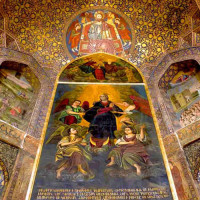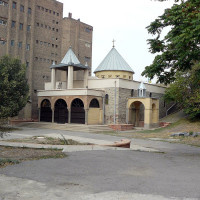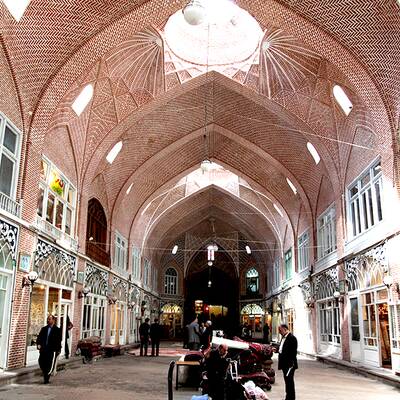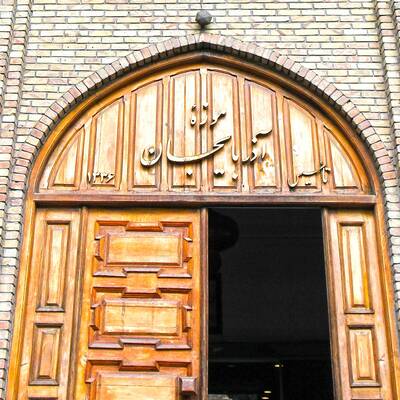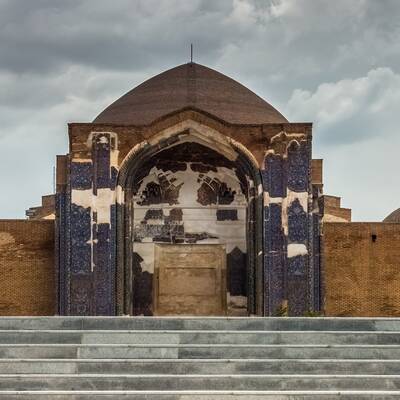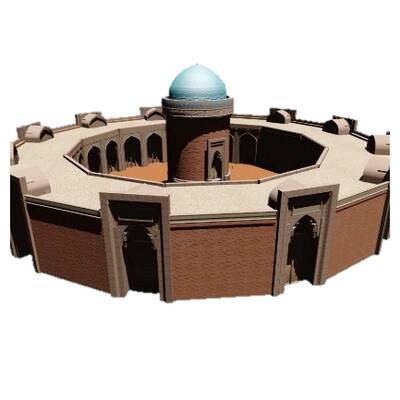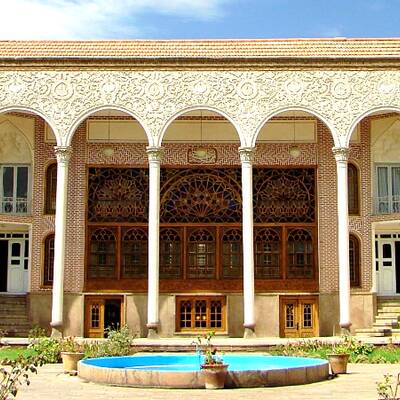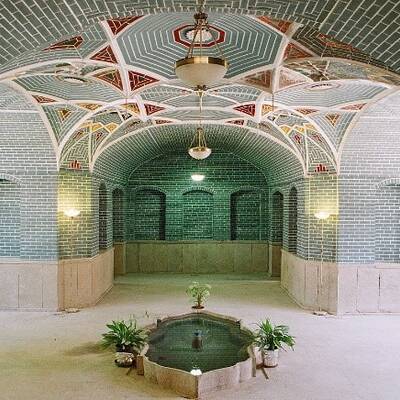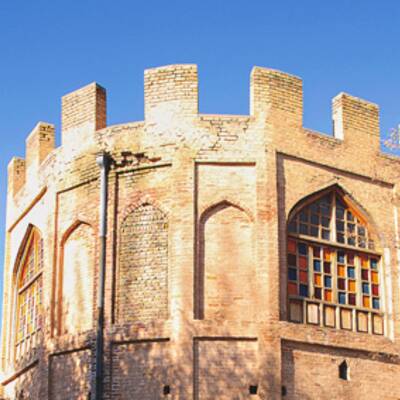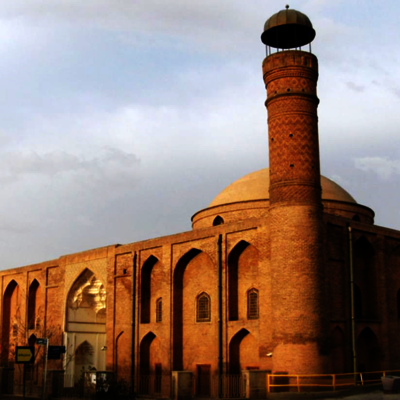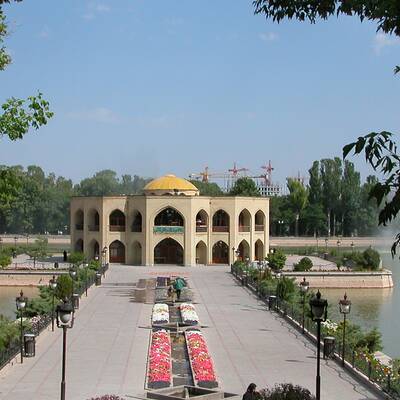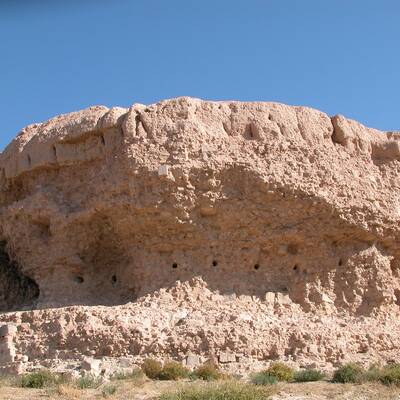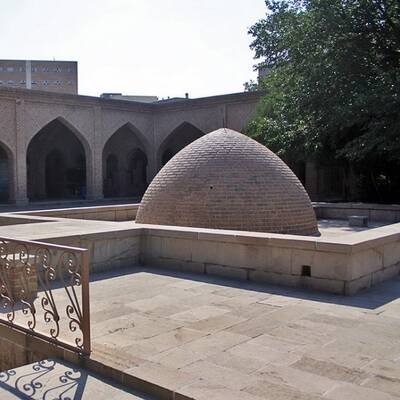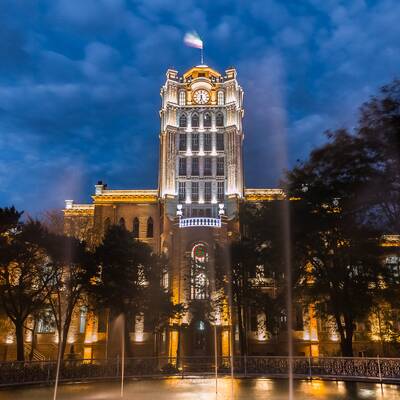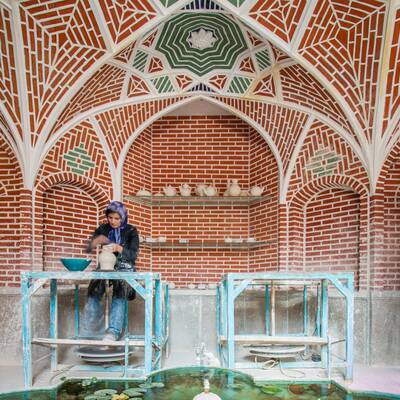
Tabriz Armenians Museum
Being also famous as the Museum of Caliphate Churches of Azerbaijan Armenians, the Museum of Armenians in Tabriz was established in 1345 SH in Namaz square, in the place of St. Marry Armenian Church. Iran history first mentioned Armenia in Behistun rock relief where Darius named it among Iran’s provinces. Approximately twenty-five centuries have passed since that date and never have Iran and Armenia separated from each other.
Hakim Nizami Ganjavi who is one of the greatest storytellers in Iran describes artistically the story of love and marriage of Khosrow Parviz, the king of Iran, and Shirin, the queen of Armenia, in a poem. After the collapse of Tsarist Russia thousands of Russians, Caucasian Muslims and few Georgians migrated to Iran. Iran borders in Khorasan and Azerbaijan were open to these immigrants for many years. To settle the Armenians in Tabriz, Isfahan, Tehran and Qazvin led to the construction of some churches. St. Marry Church is the oldest church of Tabriz and the antiquity of its original building backs to 879-979 AH, based upon an existing tombstone in the church. since the church was completely ruined in the terrible earthquake of 1158 AH, the building was later reconstructed in Safavid architecture style.
The church was also the first printing house where the first printing machine was brought to this city in 1281 AH and a printing house was established in the courtyard of the church that was active for eighty years until 1369 AH when it was closed and destroyed. The printing instruments are now exhibited in the museum of Armenians. Various handwritten and printed books in Farsi, Armenian and Arabic are kept and displayed here. Some of them have been written on the gazelle skin with Arabic script. Interesting among the other important books printed in Armenian language and kept in this complex are Zakhireye Khwarazmshahi (an originally Persian book for medicine), Nizami Khamsa, the translation of Armenian holy writ and many more. In addition to books, the existence of a carved wooden chair with three hundred years of antiquity, the church’s paintings and tombstones in the courtyard and inside the church has increased the value of this church-museum.
